apexSoldering TechnologyDissolution Management and Quality Management
1 Outline of Solvent Joining Technology and Solventing Service in Solvent Joining
The fusion bonding technology is one of the nuclear projects in the modern manufacturing industry, whereby materials are bonded atomically or molecularly with a heat source to achieve a permanent bond. In this process, the dissolution phenomenon is seen in the formation of melt pools and the dissolution of the base material in the melt pools, and the quality of the final joint is directly affected by the dissolution phenomenon. The development of the manufacturing industry in the direction of high strength, light weight and high efficiency has been accompanied by the innovation of joining technology, and the correct control of the dissolution process has been suggested as an important element.
In the field of aerospace and automobile manufacturing, the quality of the joints is directly related to the safety and reliability of the structure as a whole. For example, in automobile manufacturing, the use of various materials and plate thicknesses for body bonding makes it necessary to ensure consistency and to control the behaviour of dissolution. In the same way, in the aerospace field, it is necessary to correctly control interfacial reactions in the bonding of lightweight alloys and special steels in order to avoid the formation of harmful phases. Understanding and controlling the dissolution phenomenon in the bonding process is an indispensable technical element in modern manufacturing.
2 Dissolution Characteristics and Control Methods for Major Bonding Prospectus
2.1 Dissolution and prevention of ingestion in Rønge
The core of the ろう payout and the proxies are dissolved with each other at the joints by the capillary phenomenon, and the proxies are used for the joints. In the case of Aluminium heat exchangers, the dissolution and ingestion of the heat exchanger is particularly noticeable. The maximum temperature and holding time at the time of heating, the type and amount of raw material, and the degree of dissolution and ingestion are shown.
When comparing the 3 different types of ronpoffs (normal, heated, and strongly heated), the solubility of the rajetta parts in the ronpoffs has changed from 181 TP3T to 681 TP3T. In the case of a strongly heated roof, a part of the joint in the area of the Rouge joint is immersed in the food, and the breakdown of the thin meat cooler is caused by the breakdown of the meat. This is an indication that excessive dissolution has a profoundly bad effect on the properties of the joint. It is necessary to use baranse in the design of the Prospectus for the formation of the joint and the protection of the substrate as well as the opposite nuance.
2.2 Control of interfacial reactions in dissimilar materials bonding
The dissolution of dissimilar materials results in the formation of intermetallic layers through the diffusion of complex elements and chemical reactions at the interface. In the contact reaction between Aluminium alloy and stainless steel, a complex structure of Fe2Al5, FeAl3 intermetallic compounds and Cu-Al intermetallic compounds is formed at the interface between the stainless steel and the intermetallic layer, using Cu as an intermediate layer.
The thickness of the intermetallic layer at the interface is increased by a longer retention time, and the extent of eutectic organisation is reduced. The dissolution of Cu in the interstitial layer is very rapid, and the high speed of the process, measured in seconds, is highly valued. This rapid dissolution behaviour is an extreme requirement for the control of the process, and it is necessary to ensure that the heat input and the time of action are correctly controlled.
3 Dissolution Quality Management and PfM Evaluation
3.1 Totals, Cowries, Manejmets and Systèmes
The establishment of a total solution quality control system is the key to ensuring stable joint performance. This system is necessary for design management, engineering inspection, engineering, engineering, final inspection, and other functions. It is also necessary to establish a fully engineered trellis system for the main structural components from the raw material warehouse to the manufacturing plant.
Quality control is necessary to focus on the appearance, accuracy, mechanical characteristics, and microstructure of the joint. In the field of aerospace and automobile manufacturing, it is necessary to evaluate the long-term reliability of joints under complex loads, and to conduct special tests on fatigue performance, tensile strength, and tensile strength.![图片[1]-先进焊接技术中的溶解控制与质量管理(主要焊接工艺中的溶解特征与控制方法)-大连富泓机械有限公司](https://cndlfh.com/wp-content/uploads/2025/09/QQ20250829-200803-800x679.png)
3.2 Non-Destructive Inspection and Performance Prediction
In modern welding quality control, there is a high reliance on X-ray, ultrasonic, and Eddy Current inspection technologies to detect high levels of non-destructive testing. These techniques are used to detect any defects in the product and to evaluate the quality of the joints.
On the other hand, the dissolution-processing simulation based on digital technology is a powerful tool to measure the joining performance. The researcher has constructed a conceptual model that allows the mechanical response at the time of cut-off to be measured with an accuracy of 15% upwards, a reduction in the number of materials used, and a reduction in the processing time. The same appliance can be used for optimisation and prediction of the welding process.
4 Development Trends and Innovative Applications of Dissolution Technology
4.1 Intelligent autolysis
Soldering technology is rapidly developing in the direction of Intelligent Soldering and Automation. The Intelligent Jointing System is a system that monitors the jointing programme by integrating the Maltese information into the realtime system and automatically adjusts the parameter to ensure the consistency of the quality of the joints. For example, the Marshing Vision-based welding tracking system automatically identifies the position of the welding and compensates for assembly errors.
Robotic Soldering Workstations and Flash Soldering Layers are the standard for large-scale manufacturing organisations and have been upgraded dramatically in terms of productivity and stability. The system is designed to integrate the power supply, motor and container, signal and connector, and data analysis module, making it possible to manage the welding programme in a practical and efficient way.
4.2 Challenges of Solving New Materials and Structures
With the emergence of new materials, welding technology is facing a new challenge. High-strength steels, alminium alloys, magnesium alloys, composites, etc. are all materials whose physicochemical properties are very different from those of other materials, so it is necessary to develop special bonding programmes and solvent-adhesive materials.
The new technology of friction stirring and rebelting demonstrates the unique advantages of joining dissimilar materials. This technology is a combination of mechanical welding and finite metallurgical bonding, which has resulted in the successful joining of alminium alloys and steels with high quality. The formation of hazardous intermetallic compounds has been shown to be reduced by the addition of Zn to the surface of Zn or by the reduction of Zn, which improves the bonding properties.
4.3 Greensolutions and Continuous Development
The environmentalisation and energy saving of welding technology is an important development trend. In order to optimise the use of proxies and parameter, reduce the consumption of energy and material wastage, develop less hazardous materials such as Hi-Tech and Hazardous Gas, and significantly reduce the environmental impact of welding proxies, it is important to develop a new technology.
HanedaThe lightweight design of structures contributes directly to the reduction of energy consumption and gas emissions. For example, in the automotive industry, high tensile steel plates and alloys are used in the construction of high-bridged structures, and the high level of joining technology and assembling combine to ensure safety, lightweighting of the vehicle body and reduction of fuel costs.

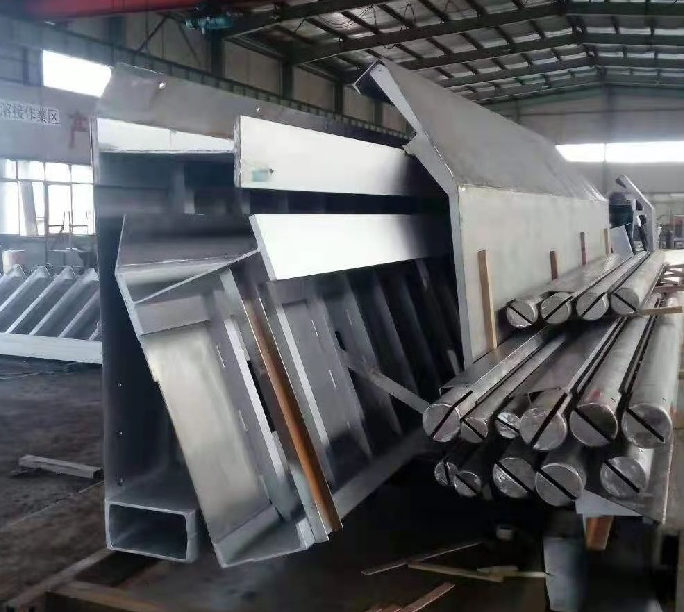
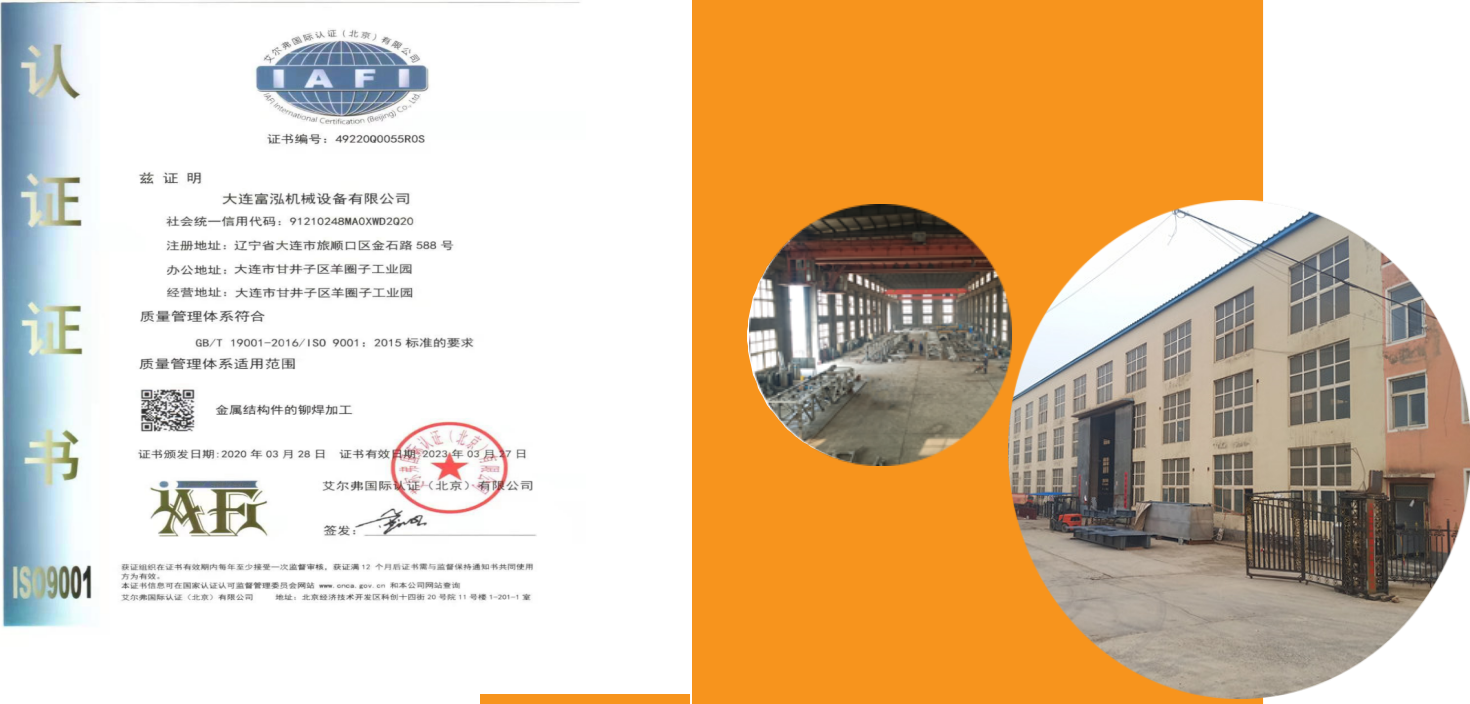



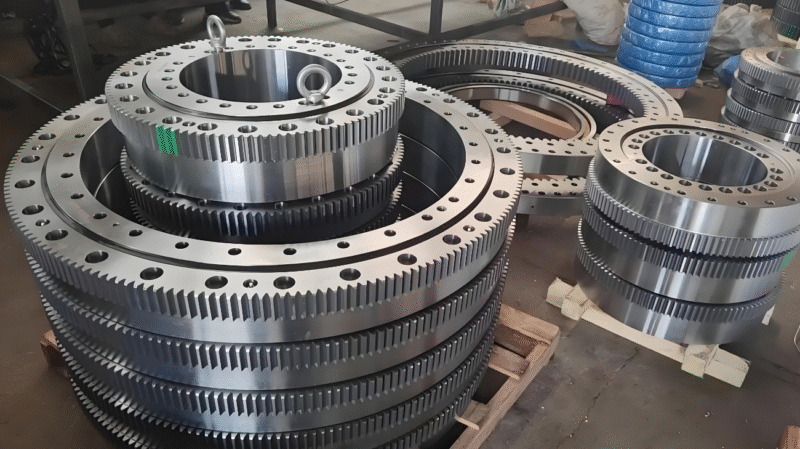
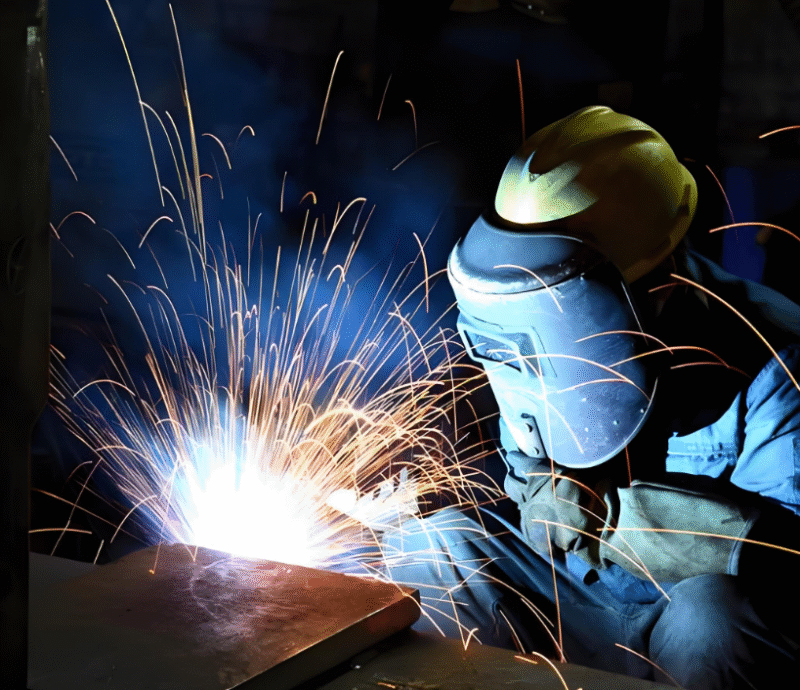
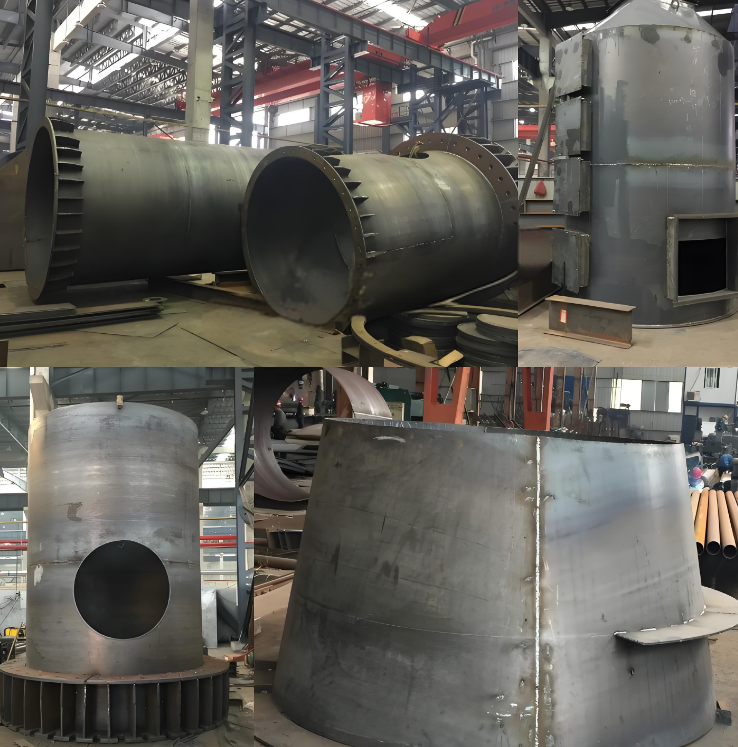
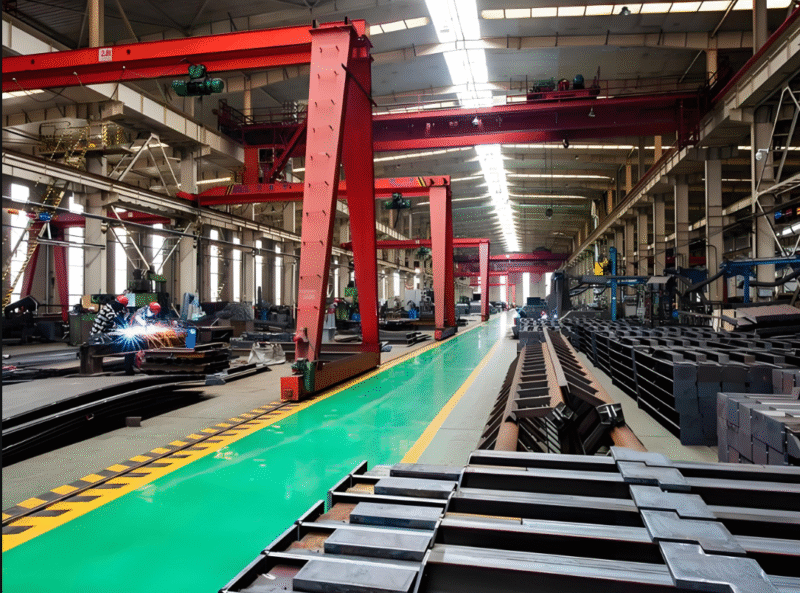

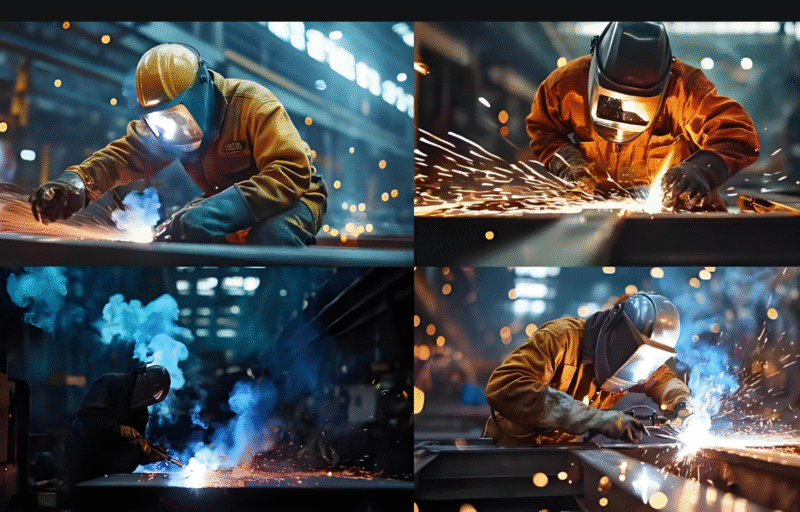


No comments